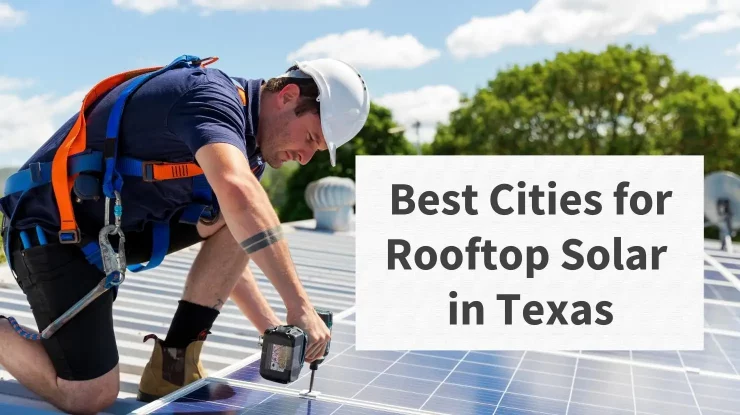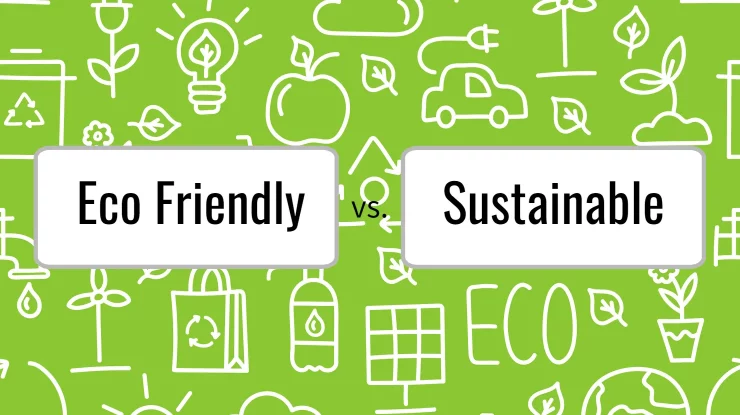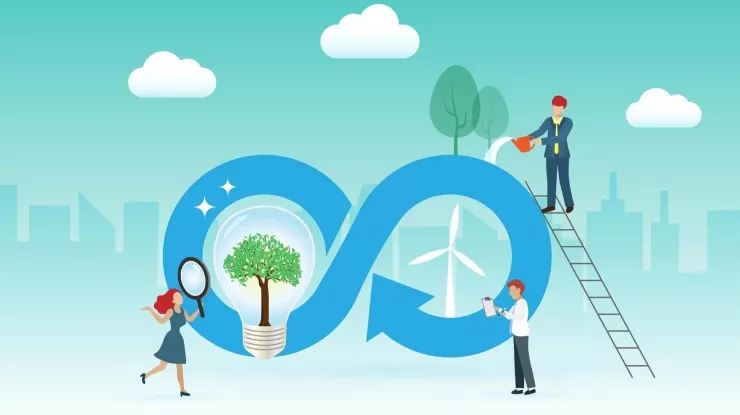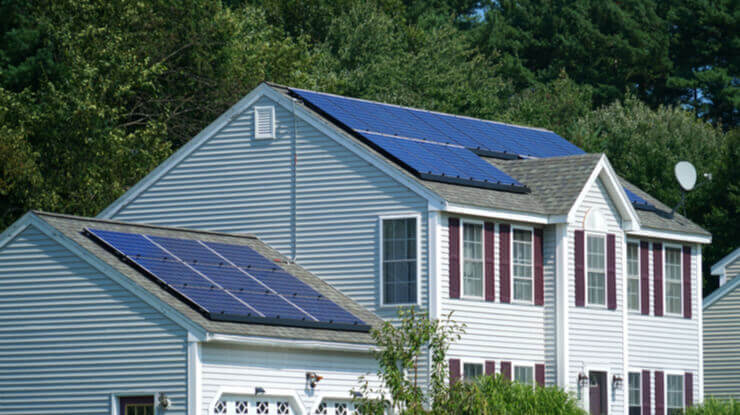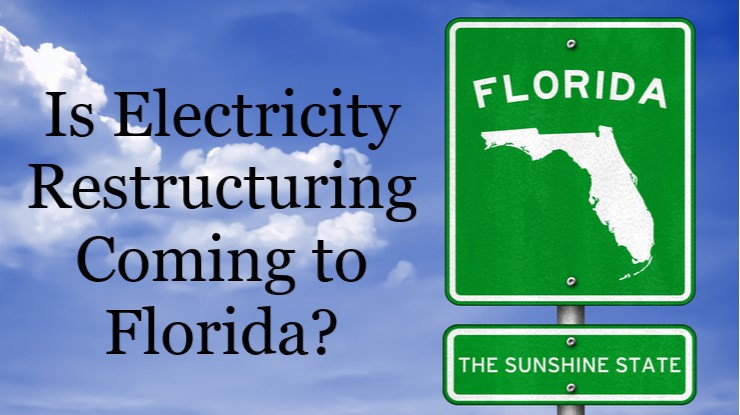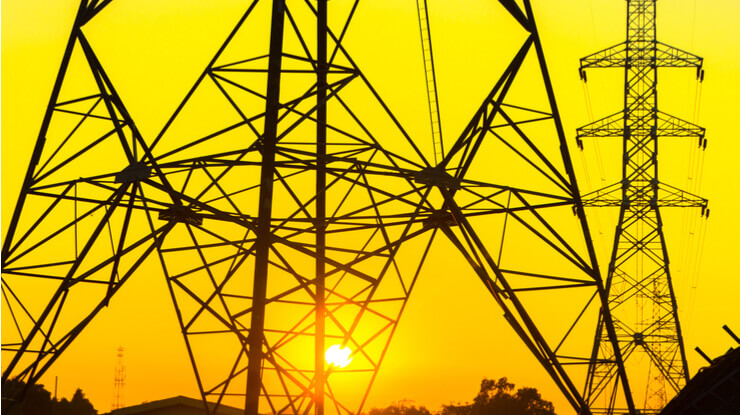Texas is a top state for residential solar panels. According to Google Project Sunroof, 90% of Texas buildings are solar-friendly. But what are the top cities for solar panels in Texas? And why are they the best cities to consider rooftop solar? Here’s our summary of the best cities for solar in Texas, based on third party data.
renewable energy
Sustainable Home vs. Eco Friendly Home – What’s the Difference?
Sustainable living, green households, eco friendly homes. Are they all just marketing terms? Or do they mean something?
Eco-friendly focuses on reducing harm to the environment, while sustainability considers the future impact of today’s actions. In this article, we’ll dive into the definitions of each term, and provide a case study example to further illustrate the difference, so you can make changes to your own household.
Read More about Sustainable Home vs. Eco Friendly Home – What’s the Difference?
Developing a Sustainability Strategy for Your Small Business
A sustainability strategy for your small business can help you attract new employees and new clients, as well as contribute to a greener environment. And becoming a green business can have a big impact on your bottom line. Here’s how to develop a sustainability strategy for your business.
Read More about Developing a Sustainability Strategy for Your Small Business
Columbus Ohio Renewable Energy and Carbon Neutral Programs
Columbus Ohio has the goal of 100% renewable energy by 2022 and carbon neutral by 2050. That’s a goal not only for the city facilities, but also for all residents and small business owners. Here’s our review of the Columbus Community Choice Aggregation Program for electricity, which is one step toward that goal. Plus we review your options to go green when you opt-out of aggregation. And, how you can go carbon neutral with your natural gas.
Read More about Columbus Ohio Renewable Energy and Carbon Neutral Programs
US Energy Trends for 2020
Where are energy rates going for 2020? And what are the trends to watch? In this article we examine some of the important factors in energy rates, including: natural gas prices, the continued growth of renewable energy, and potential changes in capacity markets.
Solar Energy For Your Texas Home – Three Options
When you talk about “going solar,” people immediately think they have to invest in rooftop solar. But there are three different ways to go solar in Texas.
Read More about Solar Energy For Your Texas Home – Three Options
Florida Restructuring – Energy Choice
The Florida Supreme Court is currently reviewing a 2020 ballot initiative to push Florida restructuring for the electricity market. Deregulation has been hugely successful in Texas. If the Florida restructuring ballot passes, what will happen with Florida energy choice?
Energy Trends to Watch in 2019 (2019 Update)
Where are energy rates going for 2019? And what are the trends to watch? In this article we examine some of the important factors in energy rates, including the price of natural gas, continued closure of coal-fired plants, the increase in renewable energy generation, and the falling costs of battery storage.
Read More about Energy Trends to Watch in 2019 (2019 Update)
What’s Ahead for 2018 Texas Summer Electricity Rates: Supply, Demand, and Reserve Margins
If you’ve shopped for an electricity plan in Texas recently, you’ve probably noticed that rates are rising. In fact, some of the energy rates for Texas plans have increased over 30% so far in 2018 and will continue to rise as the summer approaches.
What’s contributing to this rise? In short, it’s simple economics. Understanding the market forces at play in ERCOT will help you make an informed decision about your energy needs going into the summer and avoid a painful utility bill.
Electricity Explained: From Flow to Dough
America’s demand for electricity is huge, totaling 18% of the world’s electricity consumption in 2015. We take for granted that electricity will be there when we turn on the lights or crank up the air conditioner. We can’t imagine life without it. But, have you ever wondered how electricity is made, or where it comes from, or how we get it the instant we want it?
Beginning in 1879, electricity was first sold in the United States by the California Electric Light Company in San Francisco which produced and sold enough electricity to run about 20 electric lights. Since then the use of electricity has grown exponentially. Fast forward to 2016 and Americans consumed about 3.85 trillion kilowatthours (kWh) of electricity according to the U.S. Energy Information Administration. In this post we cover the basics about what powers this huge amount of consumption, the sources of electricity in the US, and the role of deregulation.
